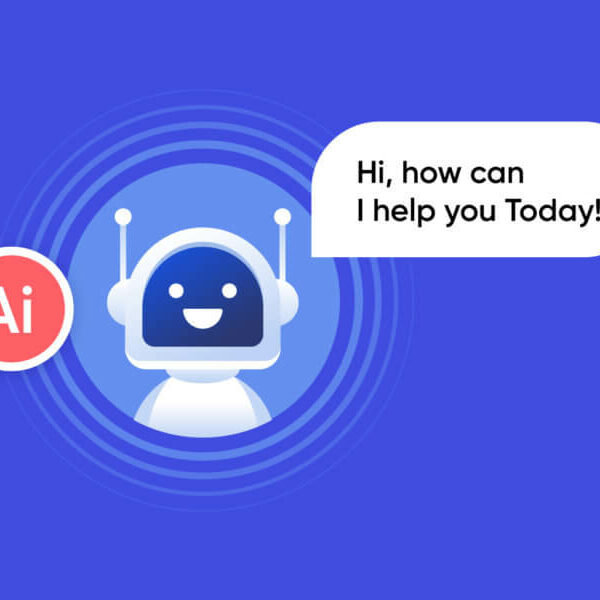Web accessibility is no longer an option; it’s a responsibility. With legal requirements and a growing awareness of inclusivity, designing websites that cater to users of all abilities is a fundamental aspect of modern web development.

Considerations for designing accessible websites include:
- Alt Text for Images: Providing descriptive alt text for images ensures that users with visual impairments can understand the content.
- Keyboard Navigation: Implementing keyboard-friendly navigation allows users who rely on keyboard input to navigate the website easily.
- Readable Fonts and Colors: Choosing legible fonts and color contrasts improves readability for users with visual impairments.
- Transcripts for Multimedia: Including transcripts for videos and audio content ensures that users with hearing impairments can access the information.
- Responsive Design: Creating responsive designs ensures that the website is accessible on various devices, accommodating users with different needs.
- Testing with Assistive Technologies: Regular testing with screen readers and other assistive technologies helps identify and address accessibility issues.
By prioritizing web accessibility, developers contribute to a digital landscape that is more inclusive and user-friendly for everyone.


